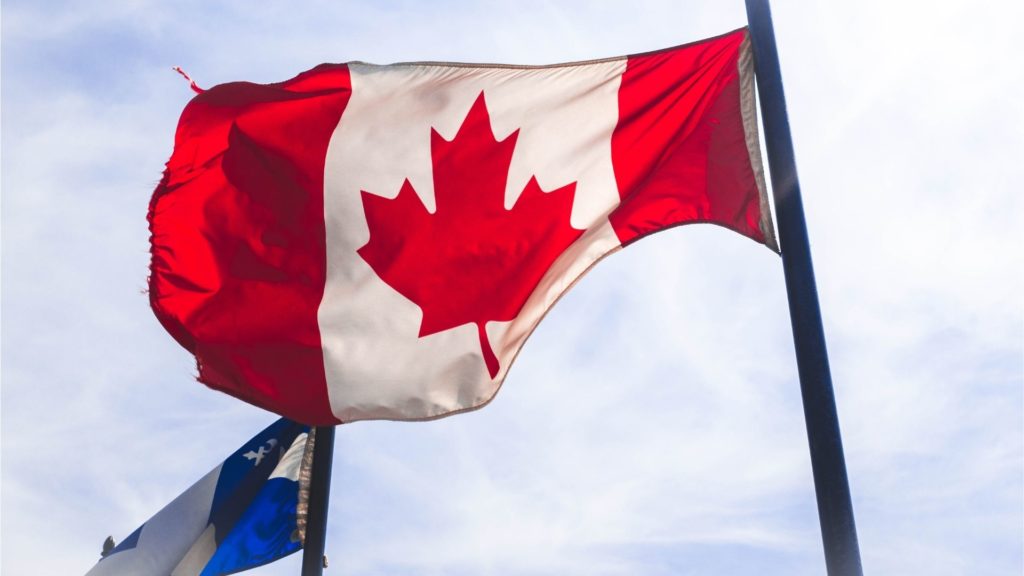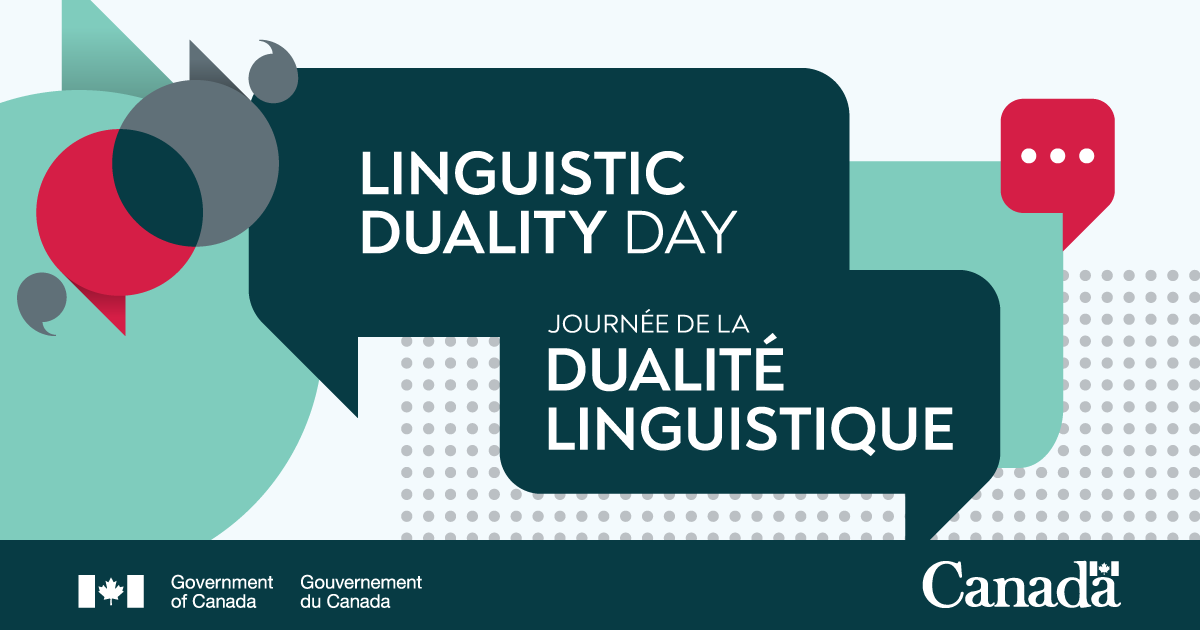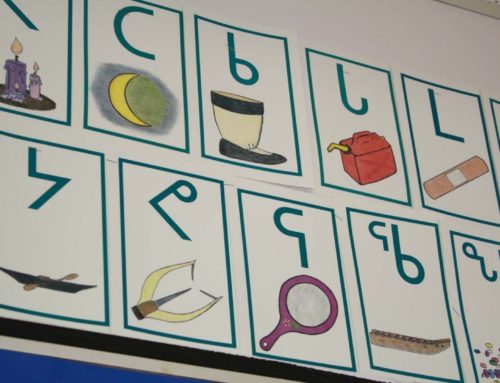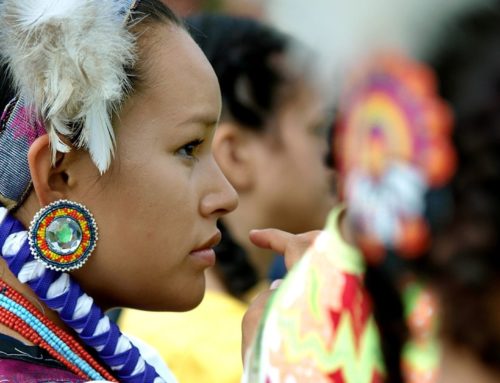Canada is ‘Officially Bilingual’. This means that the government has policies in place to ensure legal equality of English and French throughout the country and the deliverance of public services in both languages. As we celebrate Linguistic Duality Day this year, here are a few points you might find interesting about Canada’s bilingualism.
What is Linguistic Duality?
This term is defined as ‘the coexistence of two majority-language communities which are spread throughout Canada’. In a nutshell, this means that there are two official languages in Canadathat are spoken by most people across the country: English and French. However, the majority of the population actually only speaks one of these languages. 26 million people in Canada are, in fact,unilingual. Essentially, we speak either English or French, and being bilingual in both languages is not as common as you would think. The majority of Francophones reside in Quebec, while the majority of Anglophones live in the remaining provinces and territories.
Beyond bilingual policies to ensure services are provided in both official languages, Canada also promotes inclusiveness and diversity amongst its population. The basic pillar that governs Canadian policies the respect of other cultures and languages in our multicultural society.

What is Linguistic Duality Day?
Since 2009, the second Thursday of September each year marks Linguistic Duality Day. This year, it falls on Thursday, September 09, 2021. Linguistic Duality Day is a wonderful opportunity to celebrate our early history and the role both French and English played in forging Canada and its policies.
Doing business in Canada starts with adapting your content to reach a diverse marketplace. We can help!
Happy Linguistic Duality Day from the LAT Multilingual team!




